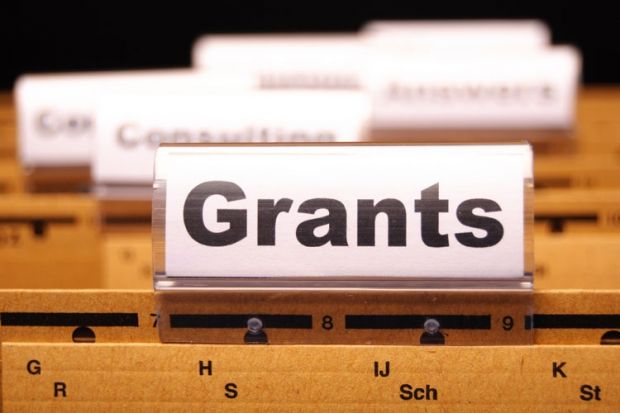Engineering and Physical Sciences Research Council
- Award winner: Ainara Aguadero
- Institution: Imperial College London
- Value: £98,536
Sincere: selective ion-conductive ceramic electrolytes
- Award winner: Nik Kaltsoyannis
- Institution: University of Manchester
- Value: £289,210
FORTRESS: F block covalency and reactivity defined by structural compressibility
- Award winner: Alison Raby
- Institution: Plymouth University
- Value: £453,077
STORMLAMP – structural behaviour of rock mounted lighthouses at the mercy of impulsive waves
Efficacy and Mechanism Evaluation programme
- Award winner: Fergus McCarthy
- Institution: King’s College London
- Value: £359,871
Mechanisms of action of intervention in the PHOENIX trial: in women with preterm pre-eclampsia does planned delivery improve post-partum maternal cardiac function through attenuation of myocardial ischaemia at time of disease (PHOEBE study)?
- Award winner: Mark Thursz
- Institution: Imperial College London
- Value: £2,007,448
Nucleos(t)ide withdrawal in HBeAg negative hepatitis B virus infection to promote HBsAg clearance (NUC-B)
Leverhulme Trust
Research Project Grants
Sciences
- Award winner: Marie Smith
- Institution: Birkbeck, University of London
- Value: £177,298
The social side of face perception: insights from atypical development
- Award winner: Mateja Jamnik
- Institution: University of Cambridge
- Value: £383,728
ARD: accessible reasoning with diagrams
Humanities
- Award winner: Jamie Medhurst
- Institution: Aberystwyth University
- Value: £113,813
A decade of change: television and society in Wales in the 1970s
- Award winner: Simon Lewis
- Institution: Queen Mary University of London
- Value: £255,147
The Breckland Palaeolithic project: culture, technology and evolving humans
In detail
Award winner: James Ross
Institution: University of Winchester
Value: £200,932
Kingship, court and society at the dawn of the modern age: the Chamber Books of Henry VII and Henry VIII, 1485-1521
“The expense and receipt books of the King’s Chamber (the Chamber Books) are the single most important source for understanding both the public rule (kingship, government, and state finance – including the infamous ‘bonds and recognisances’) and the private life (material culture, alms-giving, and the rhythms of daily life at court) of Henry VII and Henry VIII between 1485 and 1521,” James Ross, senior lecturer in late medieval history at the University of Winchester told Times Higher Education. “While long used by historians, their complexity and bulk mean that they have never been used systematically. My collaborator, Sean Cunningham at the National Archives, and I have long been interested in the politics and government of early Tudor England, and I have always been rather suspicious of some of the standard portrayals of both kings. The project hopes to shed new light on Henry VII, particularly a more nuanced interpretation of the novelty of his methods, his success in controlling his subjects, and the glamour of his court, which is usually unflatteringly contrasted with that of his son, Henry VIII.”
Register to continue
Why register?
- Registration is free and only takes a moment
- Once registered, you can read 3 articles a month
- Sign up for our newsletter
Subscribe
Or subscribe for unlimited access to:
- Unlimited access to news, views, insights & reviews
- Digital editions
- Digital access to THE’s university and college rankings analysis
Already registered or a current subscriber?

